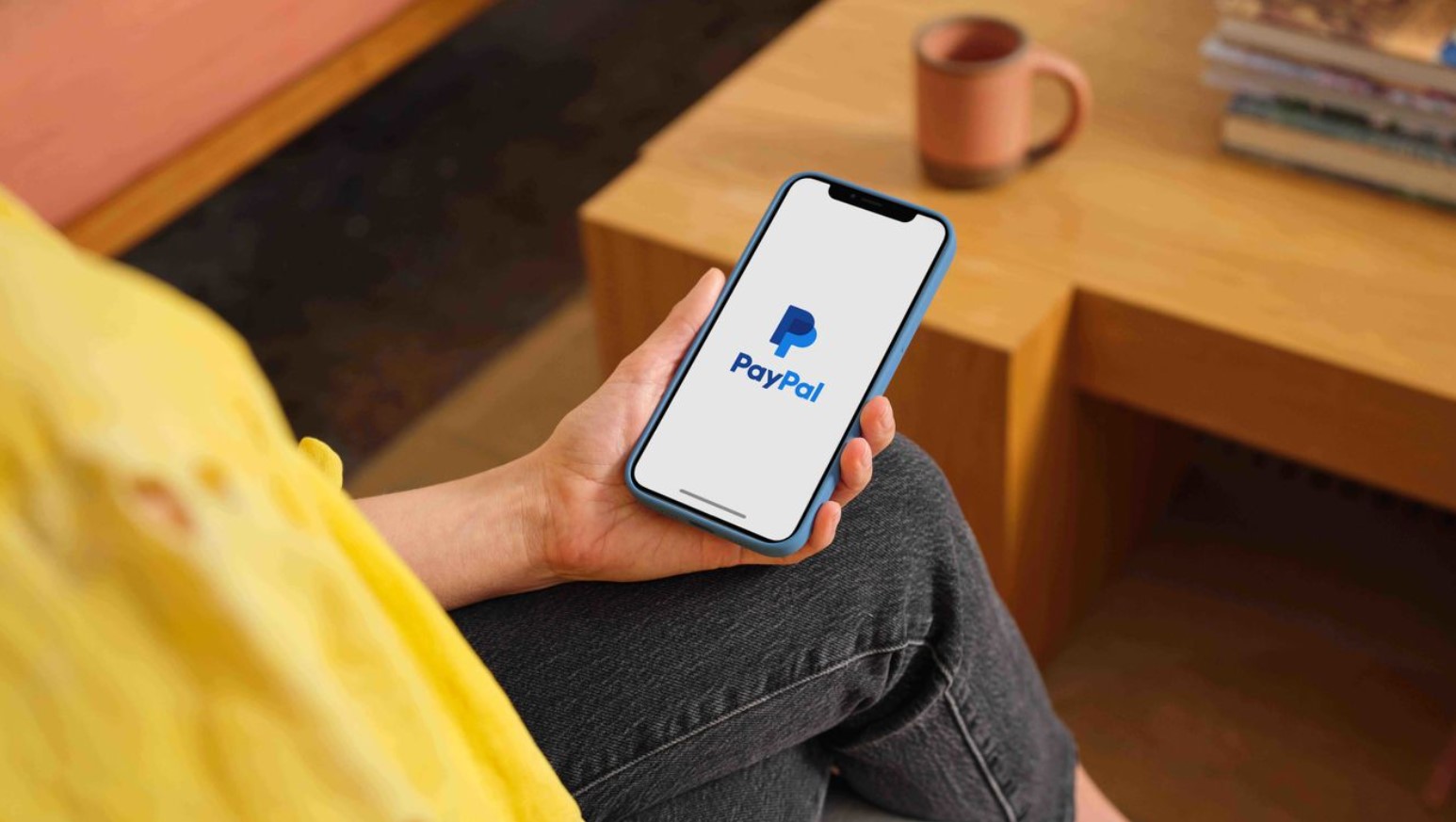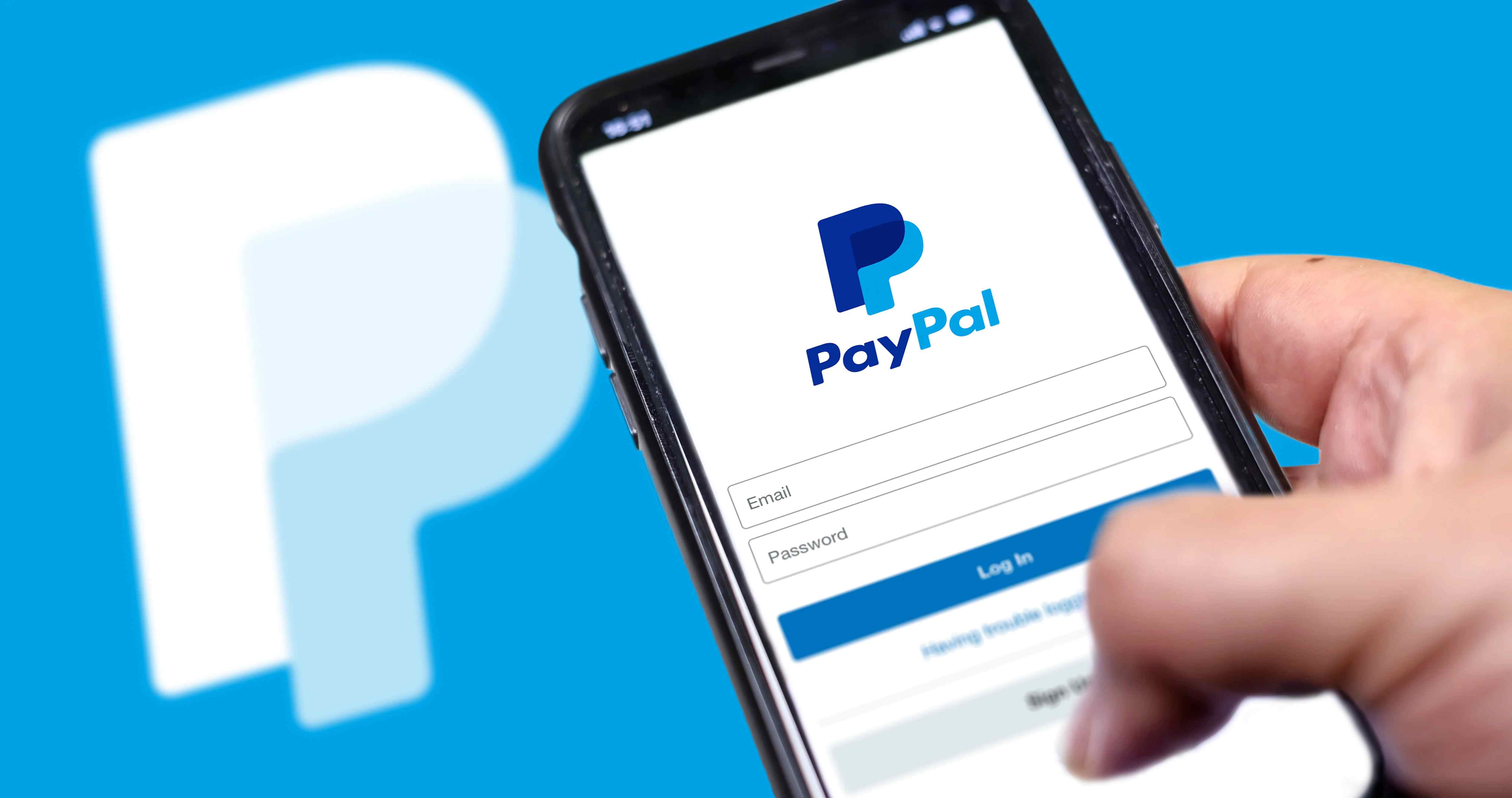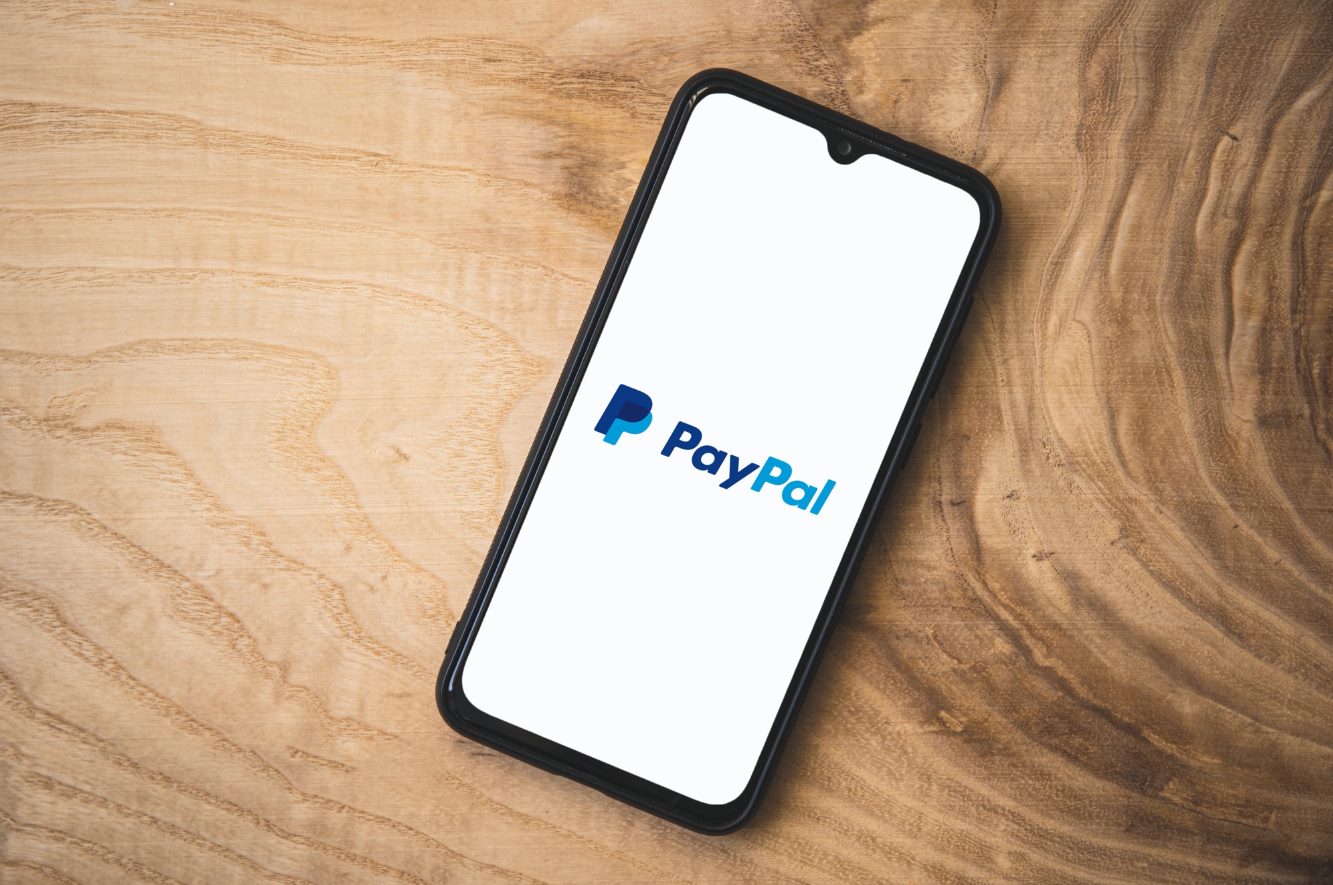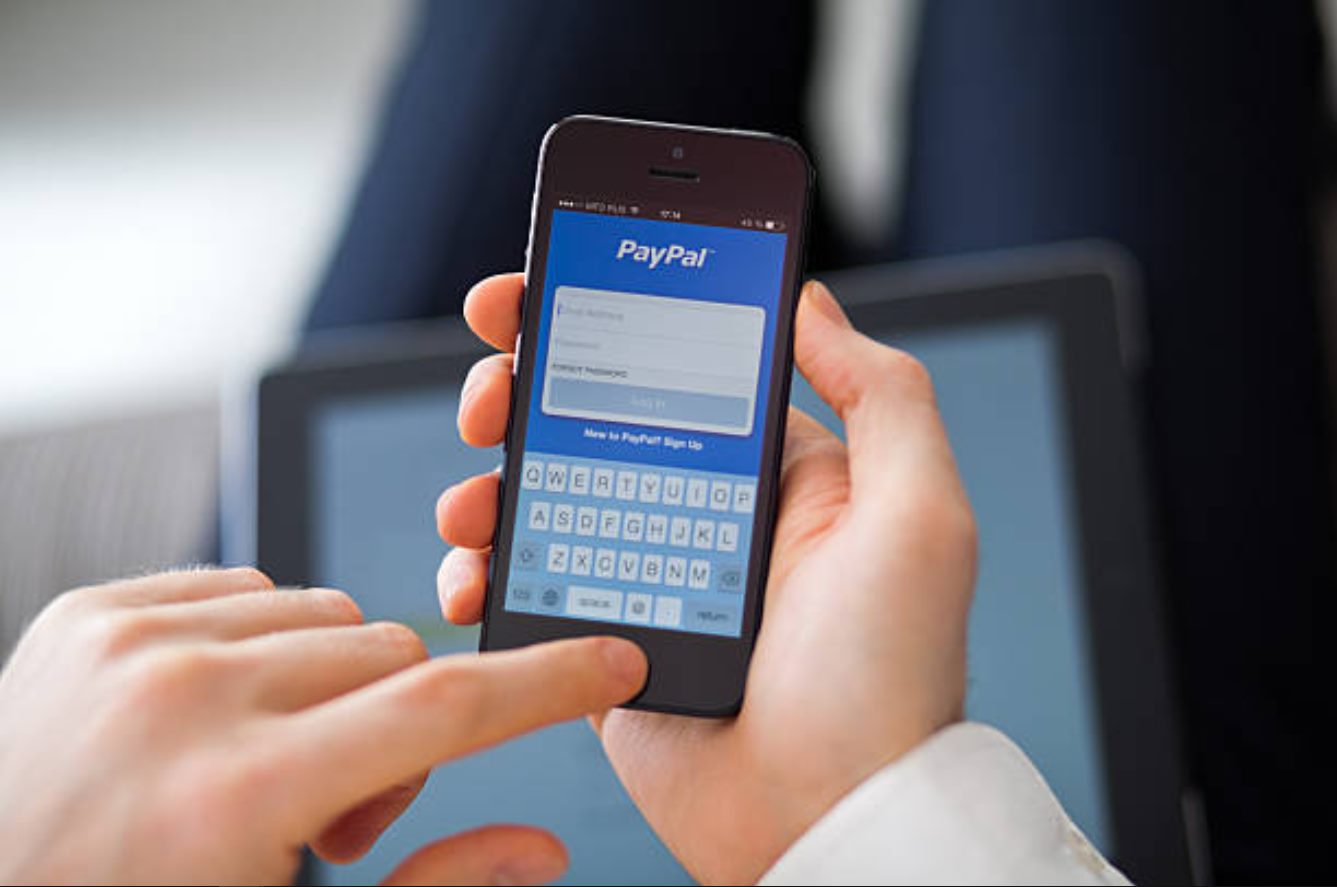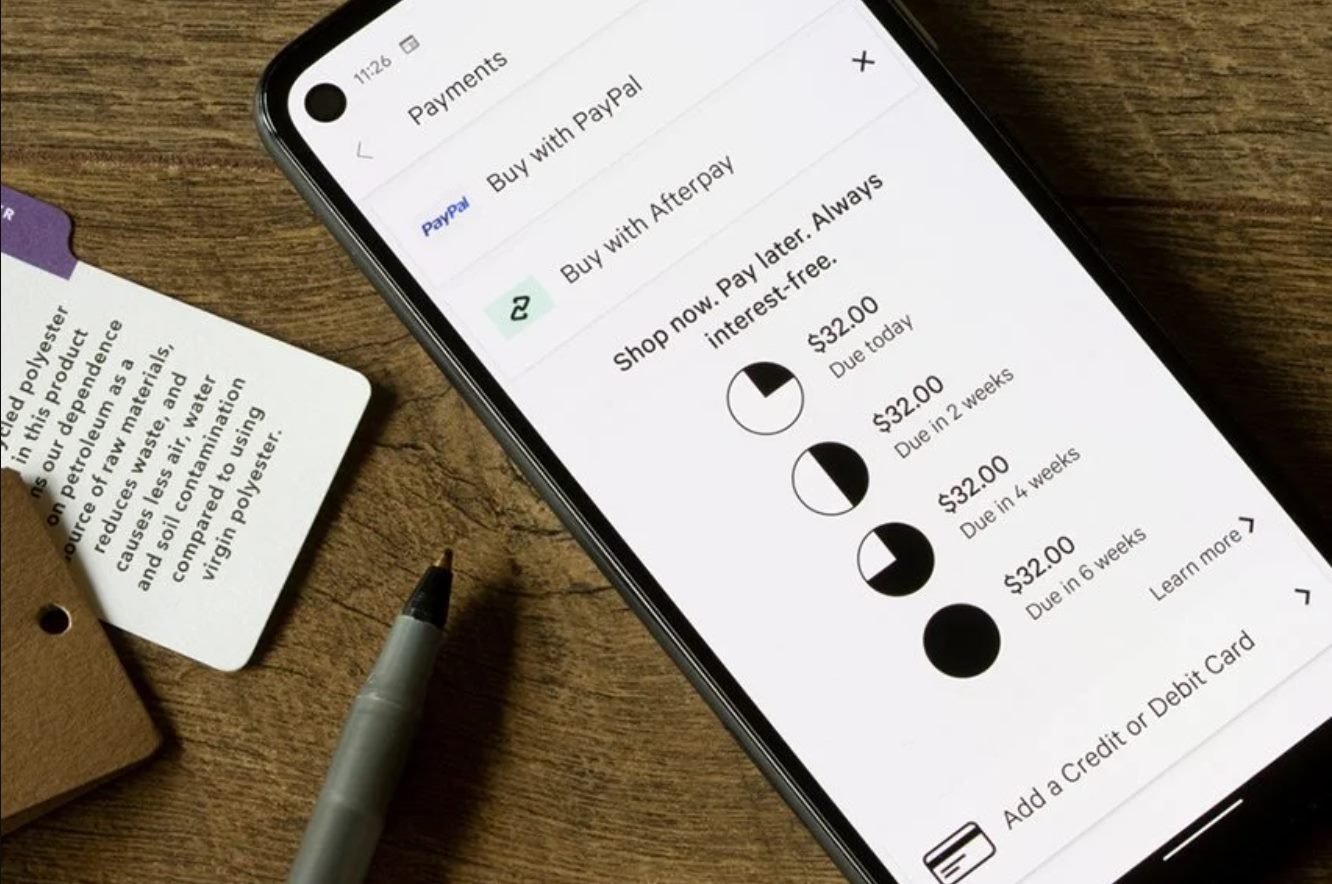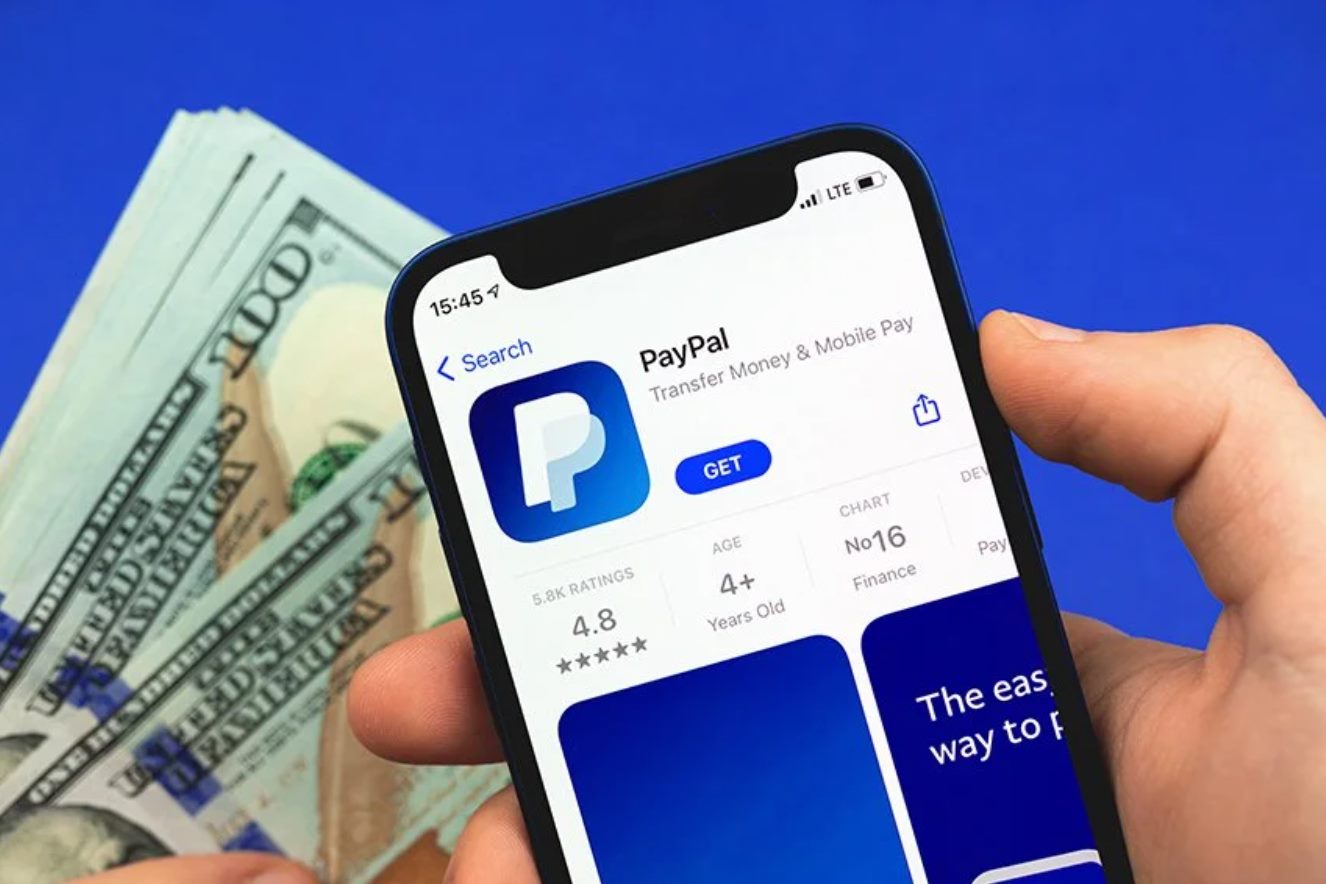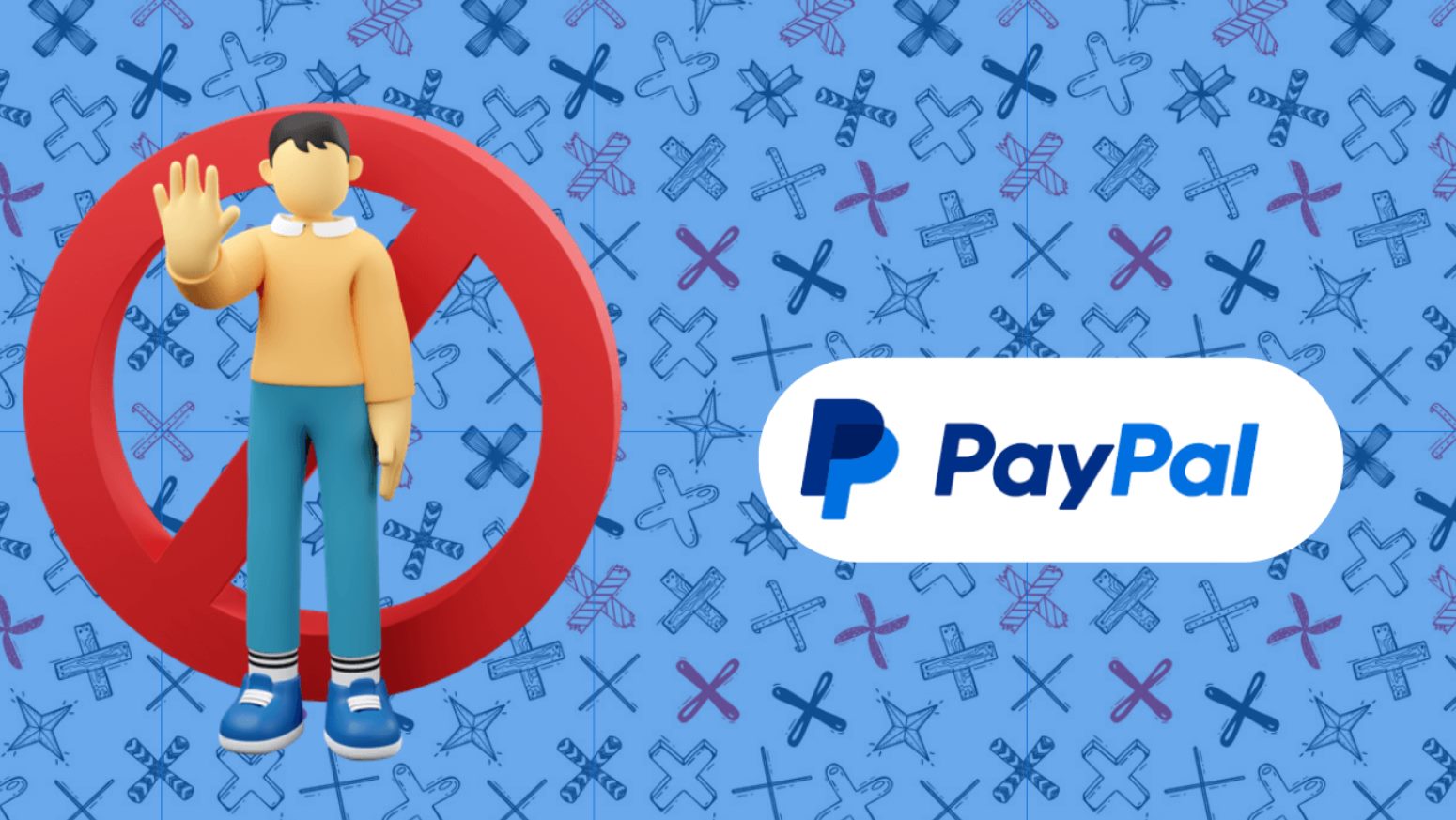Introduction
PayPal, once a pioneer in online payment systems, has revolutionized the way people transact online. With more than 300 million active users worldwide, it has become an essential tool for individuals and businesses alike. However, despite its widespread popularity, PayPal has faced its fair share of criticism and customer dissatisfaction.
While PayPal undoubtedly offers convenience and ease of use, it is important to examine the areas where the company has fallen short. This article aims to highlight some of the most notable shortcomings of PayPal, shedding light on the reasons why it has received criticism and why some users feel let down by its services.
It is worth noting that this article does not seek to undermine the overall value of PayPal as a payment platform, but rather to address the areas where improvement is needed for a better user experience.
Over the course of this article, we will explore various aspects that have sparked frustration among PayPal users, including the lack of security measures, poor customer service, high transaction fees, restrictive policies and limitations, limited payment options, the lack of seller protection, an ineffective dispute resolution process, and an inconvenient user interface.
By examining these issues in detail, we hope to provide a comprehensive understanding of the challenges that PayPal users may encounter, and offer insights into potential improvements that could enhance the overall PayPal experience.
Lack of Security Measures
One of the major concerns raised by PayPal users is the perceived lack of robust security measures. While PayPal does provide some security features, such as encryption and two-factor authentication, there have been instances where users have reported unauthorized access to their accounts.
One of the primary issues is the vulnerability of user accounts to phishing attacks. Phishing emails that mimic PayPal’s official communication can trick unsuspecting users into providing their login credentials, leading to account breaches. Despite efforts to educate users about phishing, some individuals can still fall victim to these scams, highlighting the need for more proactive security measures.
Another concern is the limited control users have over their account security settings. For instance, PayPal does not offer the option to enable or disable specific security features, leaving users with a one-size-fits-all approach. This lack of customization can be frustrating for users who want more control over the security of their accounts.
Furthermore, PayPal’s policy of linking bank accounts and credit cards to user accounts can create potential security risks. If a hacker gains access to a user’s PayPal account, they can potentially gain access to sensitive financial information as well. While PayPal claims to protect users’ financial details, the fear of a security breach still lingers.
Additionally, PayPal’s dispute resolution process does not always inspire confidence in terms of security. Some users have reported difficulty in resolving unauthorized transactions or fraudulent charges, feeling that PayPal’s security measures do not adequately protect them against such incidents.
Although PayPal has made efforts to mitigate security risks, such as introducing security keys and buyer protection programs, there is still room for improvement. Strengthening security measures, providing more customization options, and refining the dispute resolution process can go a long way in enhancing user trust and confidence in PayPal’s security standards.
Poor Customer Service
Another area where PayPal has faced criticism is its customer service. Many users have reported frustrations with the slow response times, lack of personalized support, and difficulty in reaching a live representative when assistance is needed.
One common complaint is the limited communication channels available for customer support. PayPal primarily relies on email and online messaging systems, making it challenging for users to receive timely responses to their queries or issues. This can be particularly frustrating for those who require immediate assistance, such as resolving account limitations or unauthorized transactions.
Furthermore, the lack of personalized support is a significant concern. Users often receive generic responses to their inquiries, which can feel impersonal and unhelpful. This can contribute to a sense of frustration and dissatisfaction among users who are seeking more tailored assistance for their specific needs or concerns.
Another recurring issue is the lengthy resolution times for disputes and claims. Some users have reported delays in receiving refunds or resolving issues, which can be a source of frustration and dissatisfaction. This makes it difficult for users to feel valued and supported by PayPal when they encounter problems with their transactions.
Moreover, PayPal’s customer service has been criticized for the limited availability of support during weekends and holidays. Users who experience issues during these times often have to wait until normal business hours to receive assistance, leading to further frustration and inconvenience.
Improving customer service should be a priority for PayPal to enhance user satisfaction and loyalty. Expanding the available communication channels, offering more personalized assistance, reducing response times, and ensuring round-the-clock support are key areas that PayPal should focus on to address the concerns of its users and provide a more satisfactory customer service experience.
High Transaction Fees
One of the longstanding criticisms of PayPal is its high transaction fees. Both individuals and businesses often find themselves burdened by the fees associated with using PayPal as a payment platform.
For individual users, PayPal charges a fee for receiving money from sales or personal transactions. These fees can add up, especially for frequent sellers or those involved in high-value transactions. The percentage-based transaction fees, combined with fixed fees for certain types of transactions, can significantly impact the overall earnings of individuals using PayPal. This can be particularly troublesome for small businesses or freelancers who rely on PayPal for their payment processing needs.
Similarly, businesses that use PayPal as a payment gateway or part of their e-commerce operations are subject to transaction fees. PayPal typically charges a percentage of each transaction, which can eat into profit margins. This can be a significant concern for businesses that process a high volume of payments or rely heavily on online sales.
Moreover, some users have expressed frustration over the lack of transparency regarding transaction fees. The complex fee structure, coupled with additional fees for international payments or currency conversions, can make it difficult for users to accurately calculate the true cost of using PayPal for their transactions.
While PayPal does offer certain benefits and services in exchange for these fees, such as buyer and seller protection, the high transaction costs can still deter users from fully embracing the platform.
Addressing the issue of high transaction fees would require PayPal to re-evaluate its fee structure and consider more competitive rates, particularly for individual users and small businesses. Providing clearer information about the fees and exploring options for fee customization or discounts for certain types of users or transactions could also improve user satisfaction and make PayPal a more attractive payment option.
Restrictive Policies and Limitations
Many PayPal users have found themselves frustrated by the platform’s restrictive policies and limitations, which can hinder their ability to use the service effectively and efficiently.
One of the primary concerns is the stringent account verification process. PayPal requires users to link their accounts to a bank account or credit card, as well as provide personal identification documents. While these measures are intended to enhance security, some users feel that the process is overly intrusive and time-consuming. The strict verification process can also result in account limitations or suspensions if any discrepancies or issues arise during the verification process.
In addition, PayPal imposes transaction limits on user accounts. These limits can restrict the amount of money that can be sent, received, or withdrawn within a specific time period. While these limits are intended to prevent fraudulent activity, they can be frustrating for users who need to make larger transactions or for businesses that operate on a larger scale.
Furthermore, PayPal has been known to place restrictions on certain types of transactions and businesses. For instance, certain industries such as online gambling, digital goods, or adult content may face restrictions or be outright prohibited from using PayPal as a payment option. This can be a significant limitation for businesses in these industries, forcing them to seek alternative payment solutions.
Another notable limitation is PayPal’s restriction on certain countries or regions. Not all countries are supported by PayPal, hindering individuals or businesses in those locations from fully utilizing the platform. This limitation can be frustrating for users who wish to engage in international transactions or expand their customer base globally.
Addressing the concerns related to restrictive policies and limitations would require PayPal to review and potentially revise their policies to provide users with more flexibility and freedom. This could include streamlining the verification process, offering higher transaction limits, expanding support for more industries and regions, and providing clearer communication about the limitations and restrictions imposed on certain transactions.
Limited Payment Options
One area where PayPal has received criticism is its limited payment options. While PayPal is widely accepted by many online merchants, there are instances where users face limitations in terms of alternative payment methods.
One of the primary limitations is the requirement to have a PayPal account to make a payment. This can be a hindrance for users who prefer not to create an account or who simply do not want to go through the hassle of signing up. Additionally, some users may have concerns about providing their personal and financial information to yet another online platform.
Furthermore, while PayPal does support credit and debit card payments, there have been instances where certain cards are not accepted or where users encounter difficulties in linking their cards to their PayPal accounts. This restriction can be frustrating for users who rely on specific payment methods or who prefer to use alternative payment options.
In addition, PayPal’s limited support for cryptocurrencies is another significant limitation. While some other payment platforms have embraced cryptocurrencies as a payment option, PayPal has been relatively slow to integrate them into its system. This can be a decisive factor for users who prefer to use cryptocurrencies for their transactions.
Moreover, users have expressed frustration over the lack of compatibility with certain e-wallets and digital payment platforms. PayPal’s limited integration with other popular payment methods can be inconvenient for users who have accounts with these platforms and would prefer to use them for their transactions.
In order to address the concerns related to limited payment options, PayPal should consider expanding the range of payment methods accepted. This could include allowing non-account holders to make payments, accepting a wider range of credit and debit cards, integrating support for cryptocurrencies, and establishing partnerships with other e-wallets and digital payment providers.
By diversifying its payment options, PayPal can better cater to the preferences and needs of its users, further solidifying its position as a leading online payment platform.
Lack of Seller Protection
Another area of concern for many PayPal users is the perceived lack of seller protection. While PayPal offers buyer protection programs, which provide refunds and dispute resolutions for buyers who encounter issues with their purchases, sellers often feel that their rights and interests are not adequately safeguarded.
One of the main issues is the potential for fraudulent or dishonest buyers. Sellers have reported instances where buyers file false claims or disputes, leading to chargebacks and loss of funds. These incidents can be particularly frustrating for sellers who have followed all necessary procedures and delivered their products or services as promised.
Compounding this issue is the burden of proof placed on sellers to demonstrate the legitimacy of their transactions and the delivery of goods or services. Some sellers have found it challenging to provide sufficient evidence to dispute unfair claims, resulting in financial loss and damage to their reputation.
In addition, there have been cases where sellers have encountered difficulty in receiving support or timely resolutions from PayPal when disputes arise. The lack of transparency and responsiveness in the dispute resolution process can leave sellers feeling helpless and vulnerable, with limited avenues to address their concerns or receive fair treatment.
Furthermore, sellers have expressed frustration over PayPal’s policy of freezing funds in their accounts. This can occur due to various reasons, such as suspicion of fraudulent activity or a sudden increase in sales volume. While these measures are intended to protect against potential risks, they can also cause significant disruptions to the cash flow of sellers, thereby impacting their ability to manage their business operations effectively.
Improving seller protection should be a priority for PayPal to foster trust and confidence among its user base. Enhancing dispute resolution processes, providing clearer guidelines for evidence submission, and offering more proactive assistance to sellers in resolving disputes are some steps that PayPal can take to address these concerns. Additionally, creating a more balanced approach that safeguards the rights of both buyers and sellers can help create a fair and equitable marketplace for all parties involved.
Ineffective Dispute Resolution Process
The dispute resolution process is a critical aspect of any payment platform, and PayPal has faced criticism for its perceived ineffective resolution of disputes. Many users have expressed frustration with the difficulties they encounter when trying to resolve issues or disputes with transactions.
One of the main concerns is the lack of timely and efficient responses from PayPal when disputes arise. Users have reported experiencing long wait times for a resolution, which can be particularly problematic when urgent action is required, such as in cases of unauthorized transactions or fraudulent activity.
Moreover, users have found the dispute resolution process to be heavily biased towards buyers, leaving sellers feeling unsupported and unfairly treated. Some sellers have reported losing disputes despite providing evidence of delivery or completion of services, further compounding their dissatisfaction.
Another issue is the perceived lack of transparency and clear communication throughout the dispute resolution process. Users have noted that PayPal’s notifications and explanations regarding the progress or outcome of a dispute can be vague or insufficient. This lack of transparency can leave users in the dark about the status of their dispute and the reasoning behind the final decision.
Additionally, the complexity of the dispute resolution process has been a point of contention for some users. The steps involved and the requirements for providing evidence can feel overwhelming and confusing, particularly for individuals who are not well-versed in the intricacies of the system. This complexity can hinder users from effectively navigating the process and obtaining a satisfactory resolution.
Addressing the concerns related to the ineffective dispute resolution process would require PayPal to invest in improving the efficiency and transparency of their dispute resolution procedures. This could involve reducing response times, providing clearer and more detailed explanations throughout the process, and ensuring a fair and balanced approach that considers the rights and evidence presented by both buyers and sellers.
By enhancing the dispute resolution process, PayPal can instill greater confidence in its users and demonstrate its commitment to fair and timely resolutions, further solidifying its reputation as a trusted and reliable online payment platform.
Inconvenient User Interface
The user interface of PayPal has been a frequent source of frustration for many users. While the platform aims to provide a seamless and user-friendly experience, there are areas where the user interface can be perceived as inconvenient or cumbersome.
One common concern is the cluttered layout and organization of information within the PayPal interface. Some users find it challenging to locate specific features or settings, leading to a time-consuming and frustrating experience. The lack of intuitive navigation and clear categorization can impede users from quickly accessing the functions they need.
Furthermore, users have expressed dissatisfaction with the mobile app version of PayPal. Some have reported difficulties in navigating the app, experiencing glitches, or finding certain features missing or less accessible compared to the desktop version. This inconsistency between platforms can be frustrating for users who primarily rely on mobile devices for their transactions.
Another issue is the limited customization options available to users. Personalizing the PayPal interface based on individual preferences is a desirable feature that many users expect. However, the current interface lacks flexibility in terms of customization, preventing users from tailoring the platform to their specific needs or aesthetic preferences.
Additionally, some users find the checkout process to be complex or time-consuming. Multiple steps, additional forms, and redirects to external pages can create friction and lead to cart abandonment. Simplifying the checkout process and minimizing the required steps can improve the overall user experience and increase conversion rates.
Improving the user interface of PayPal should be a priority, as it directly impacts the user experience and the efficiency of transactions. Streamlining the interface, enhancing navigation, providing a more consistent experience across platforms, and offering customization options can significantly enhance user satisfaction and make PayPal a more user-friendly payment solution.
By addressing these concerns and investing in user interface improvements, PayPal can create a more intuitive, streamlined, and convenient platform that meets the needs and expectations of its diverse user base.
Conclusion
While PayPal has undoubtedly revolutionized the online payment landscape, it is essential to recognize and address the areas where it falls short. Throughout this article, we have explored several significant criticisms and concerns raised by PayPal users, including the lack of security measures, poor customer service, high transaction fees, restrictive policies and limitations, limited payment options, the lack of seller protection, an ineffective dispute resolution process, and an inconvenient user interface.
It is important to note that these criticisms do not negate the value and convenience that PayPal offers as a widely accepted payment platform. However, acknowledging these issues allows for a more informed discussion on how PayPal can improve and better serve its users.
Addressing these concerns requires PayPal to actively listen to its users and be responsive to their needs and frustrations. Strengthening security measures, enhancing customer service, reevaluating transaction fees, revisiting policies and limitations, expanding payment options, improving seller protection, refining the dispute resolution process, and enhancing the user interface are all areas where PayPal can make positive changes to enhance the overall user experience.
By proactively addressing these shortcomings, PayPal can restore or strengthen user trust, loyalty, and satisfaction. Fostering a user-centric approach is crucial for PayPal to maintain its relevance in an increasingly competitive market and to continue being a trusted and preferred choice for online payments.
Ultimately, PayPal has the potential to not only overcome these challenges but also to position itself as a leader in providing secure, efficient, and user-friendly payment solutions. By evolving and adapting to the evolving needs and expectations of its user base, PayPal can maintain its prominence in the online payment industry and continue to be a vital tool for individuals and businesses worldwide.







